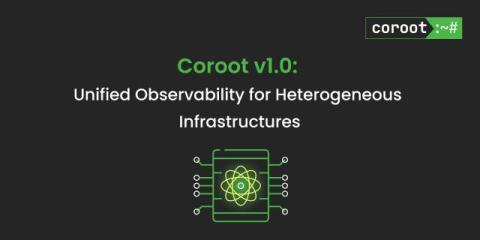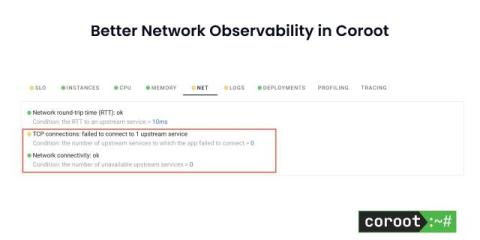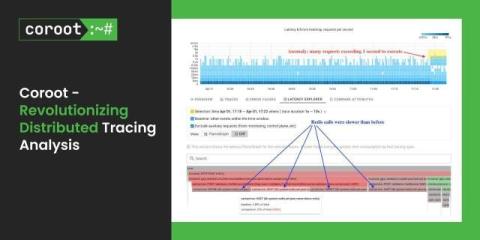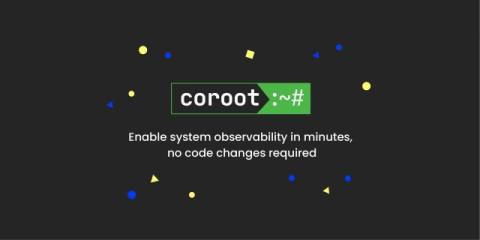It is the time to simplify Observability!
I come from the database world where observability, or monitoring as we used to call it, was always really important to keep databases up and running and operating well. Thousands of data points would be collected and displayed in countless graphs. As an expert DBA, you can see every detail about internal database operations and feel very good about yourself being able to put all this data together and resolve the puzzle.







